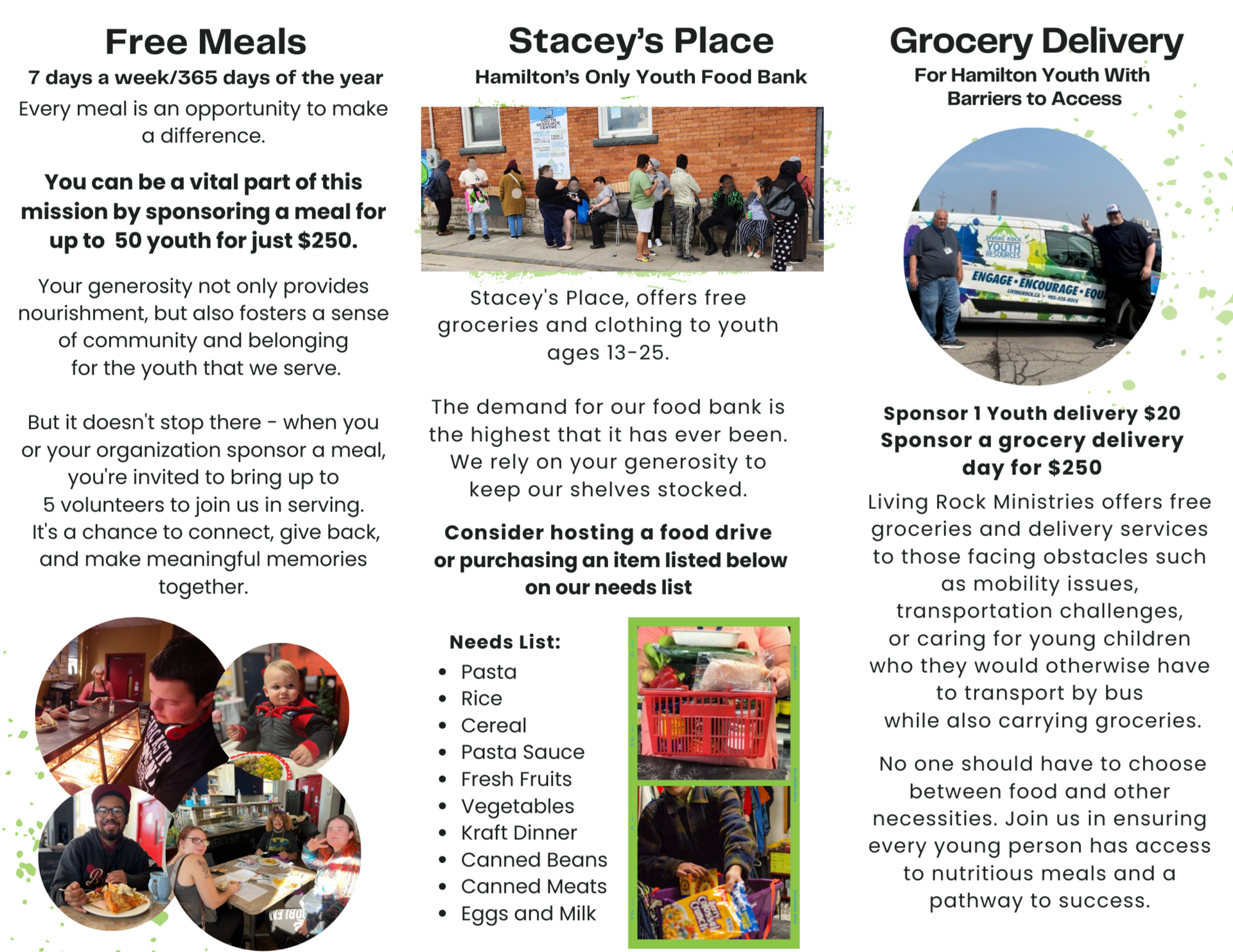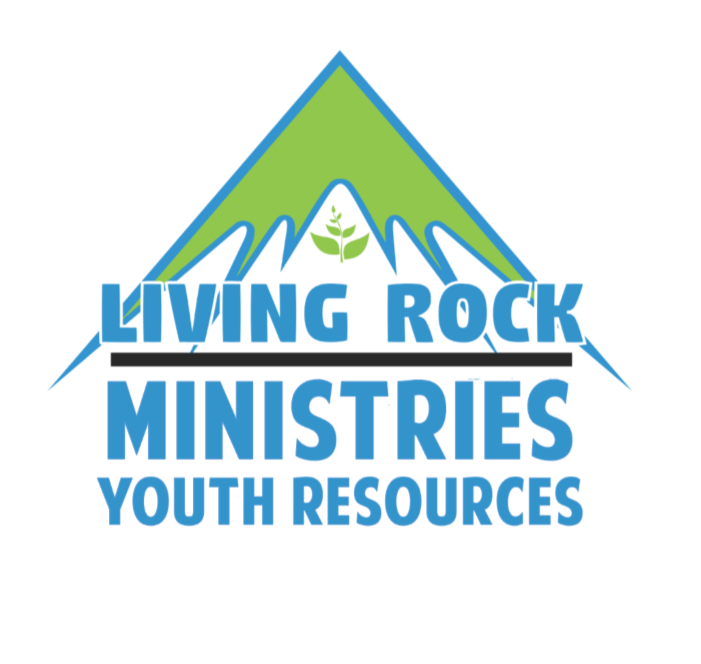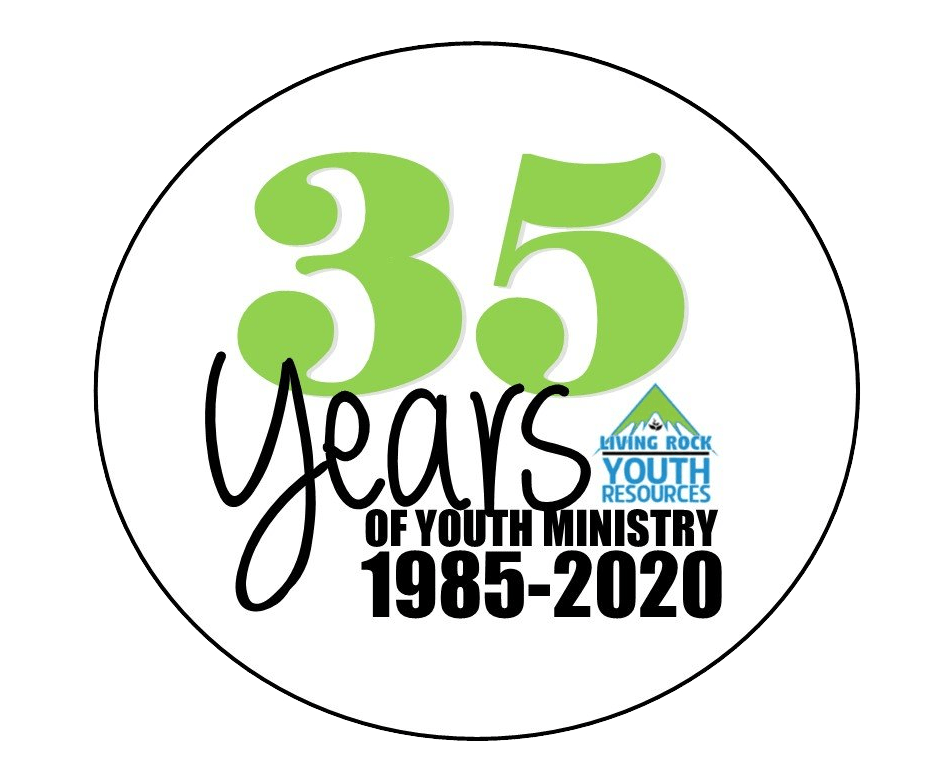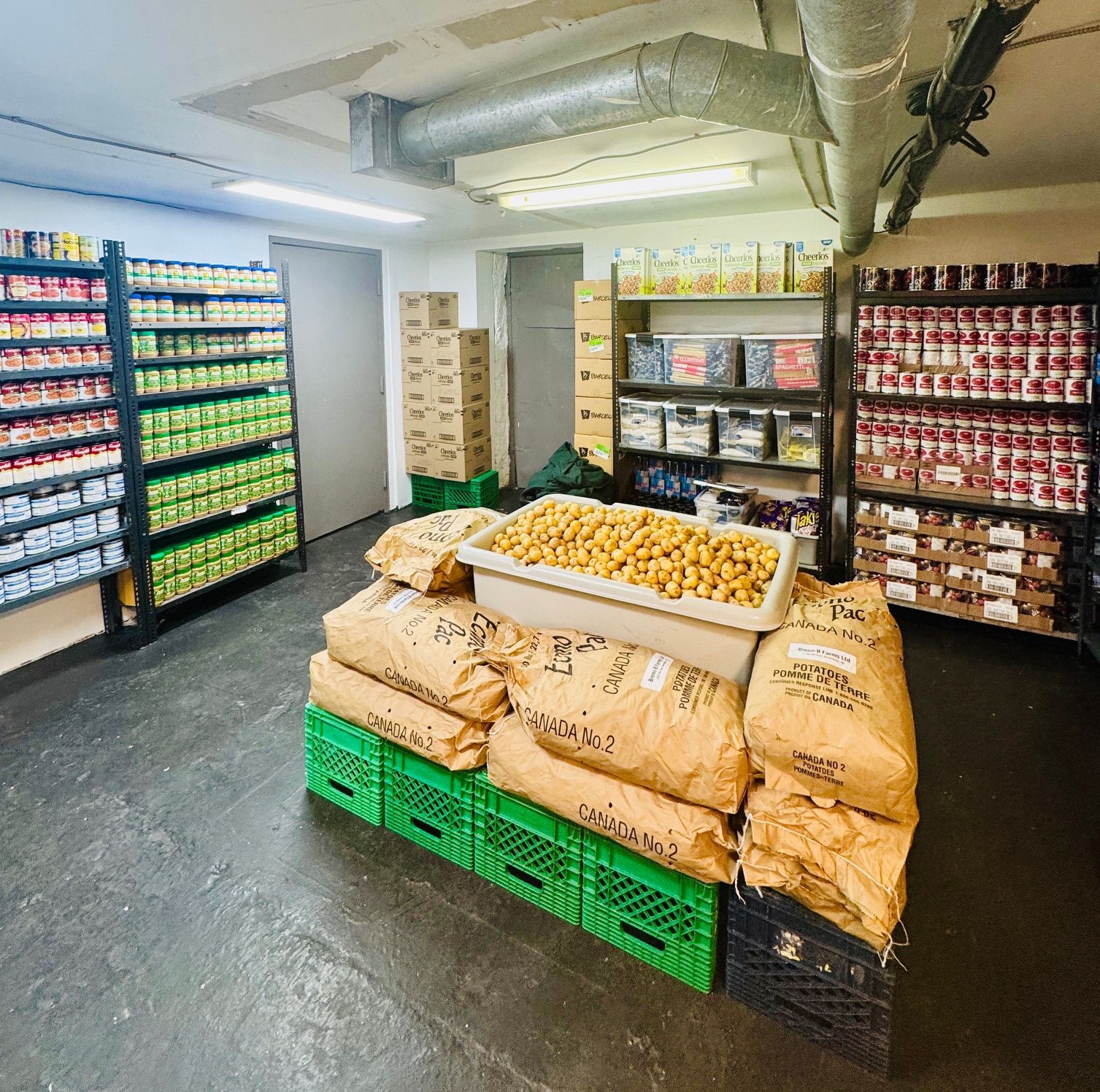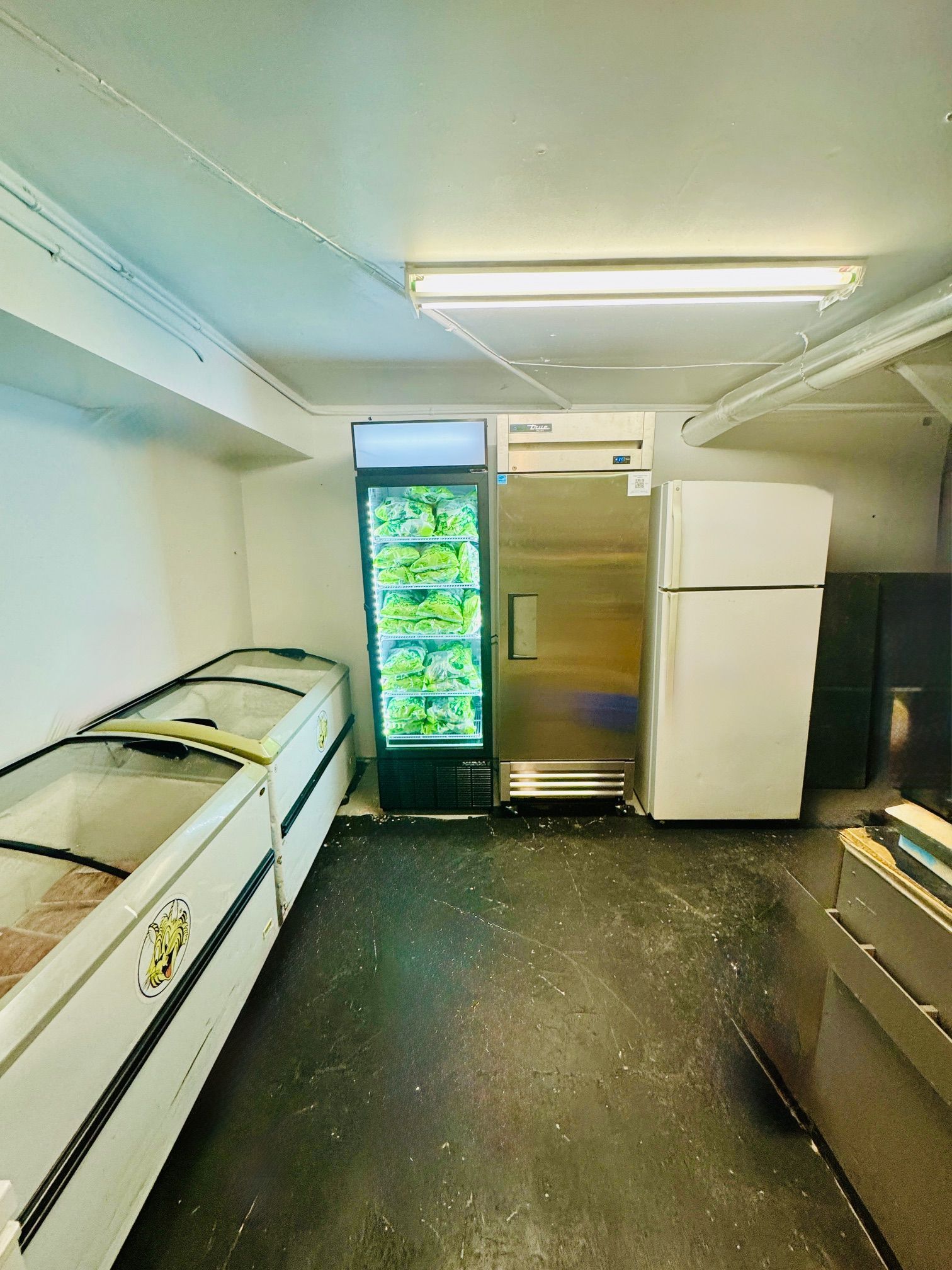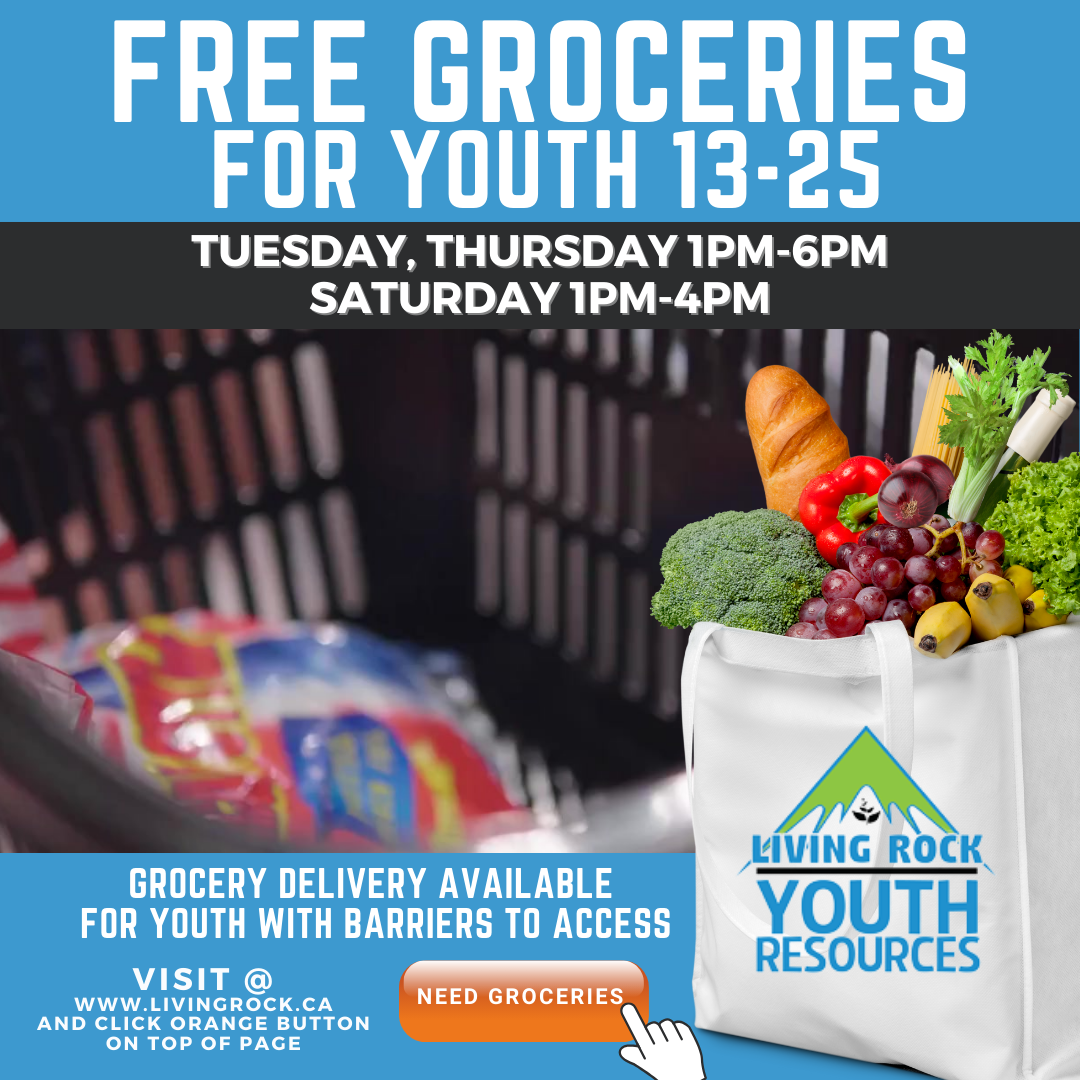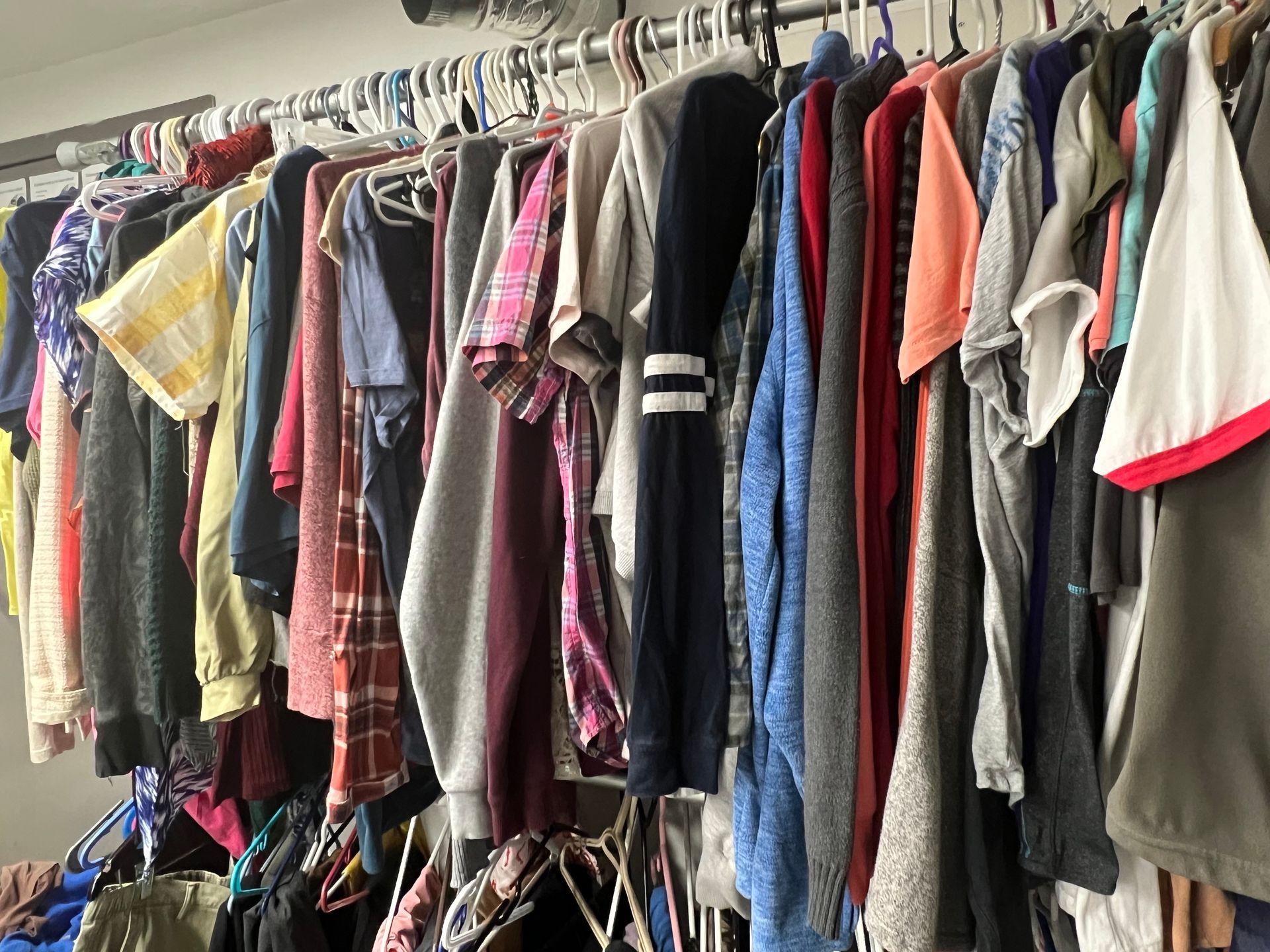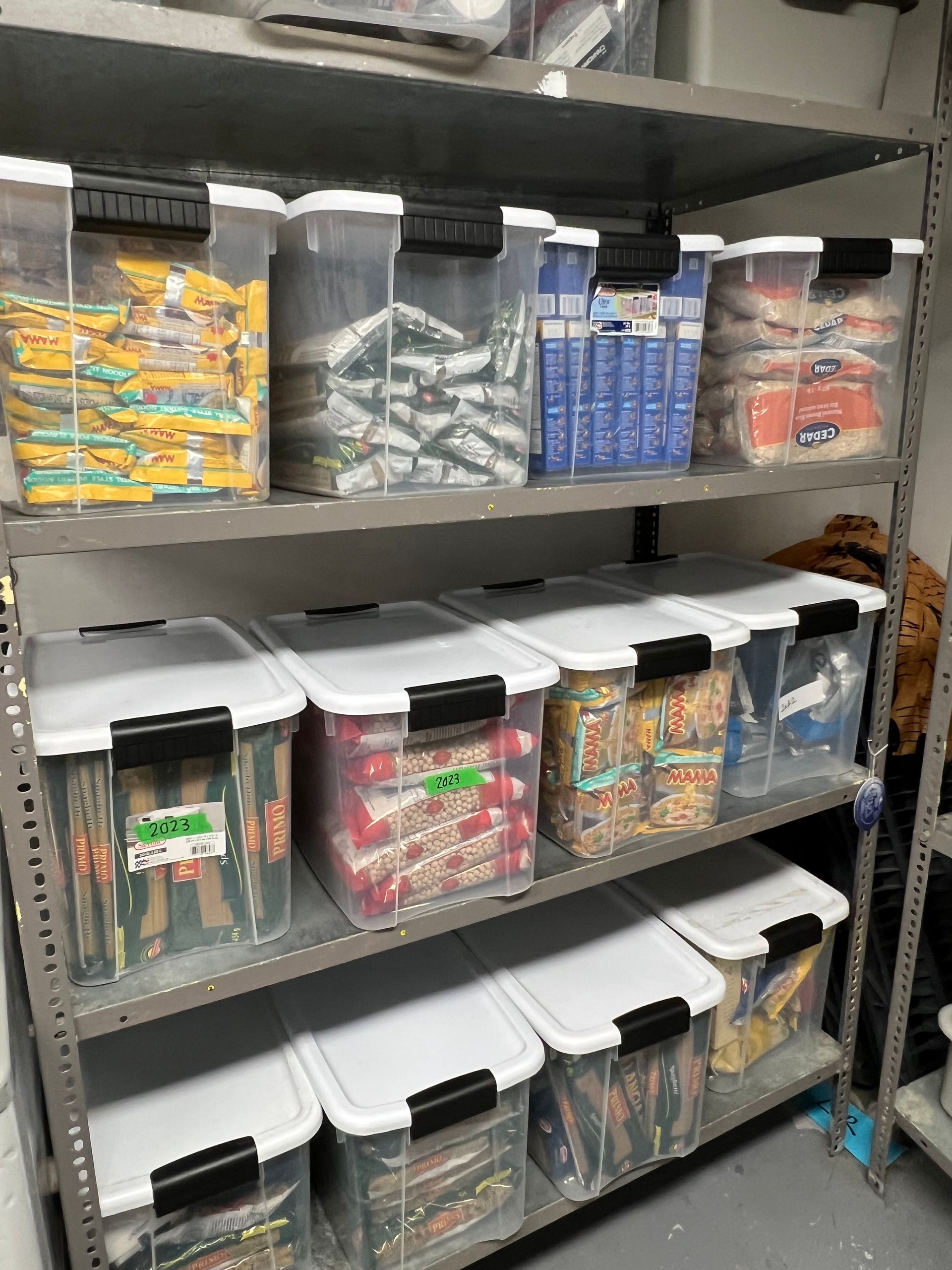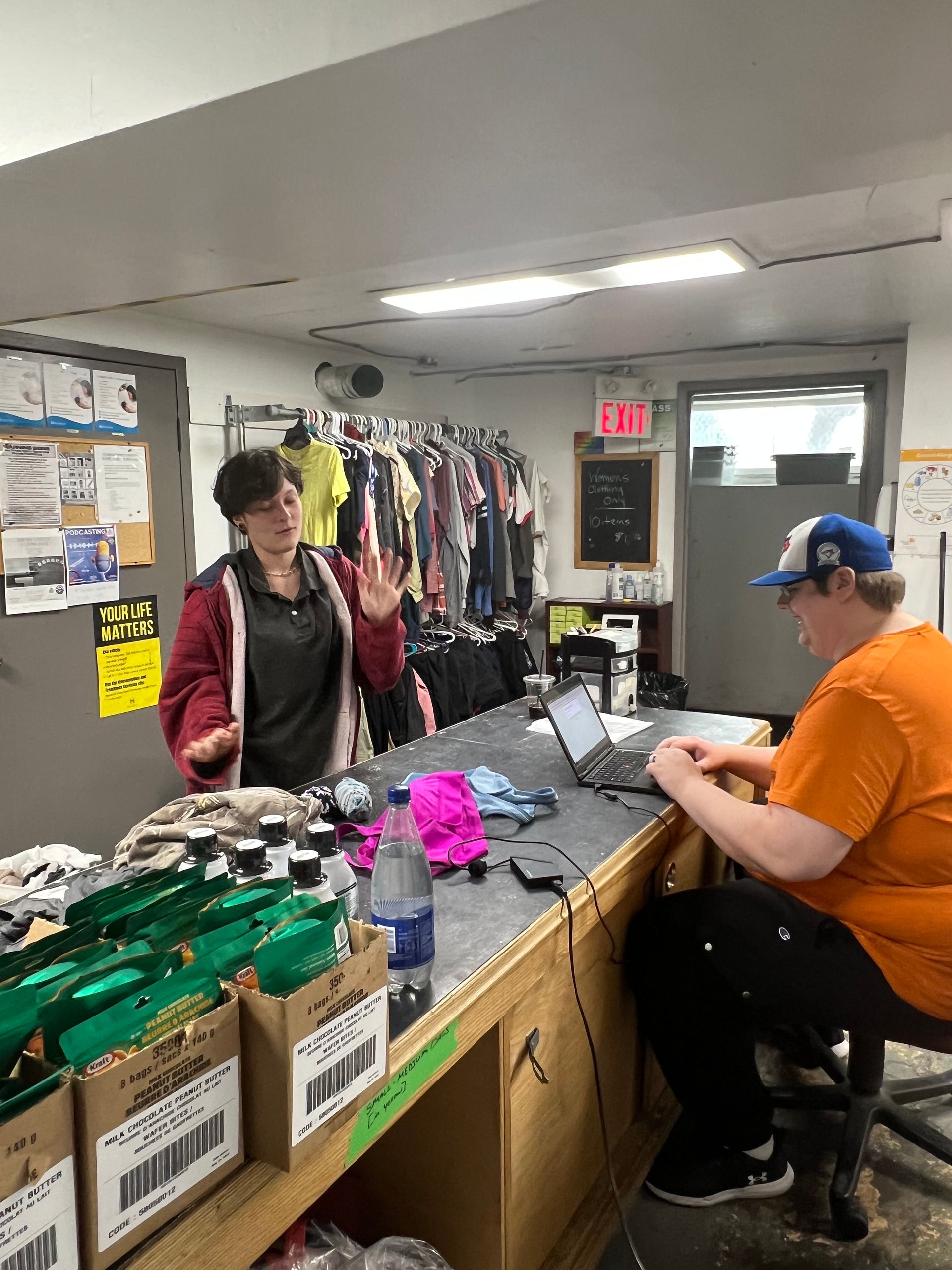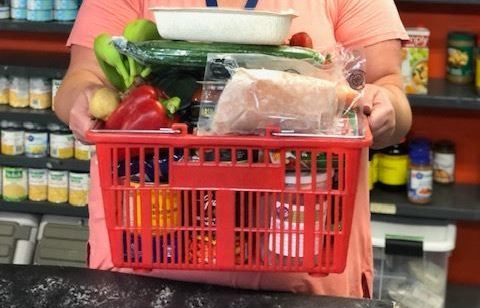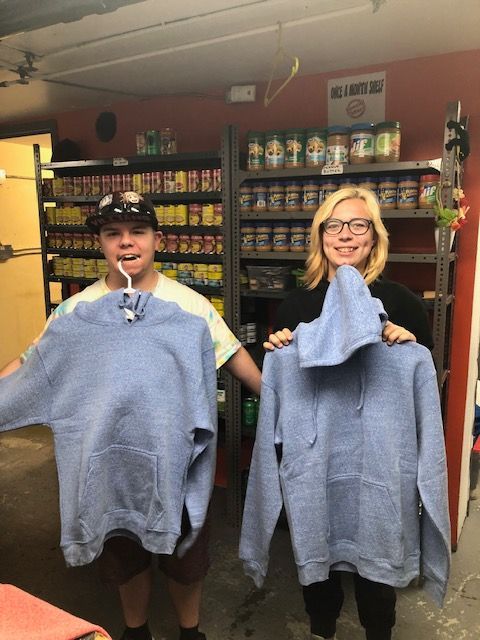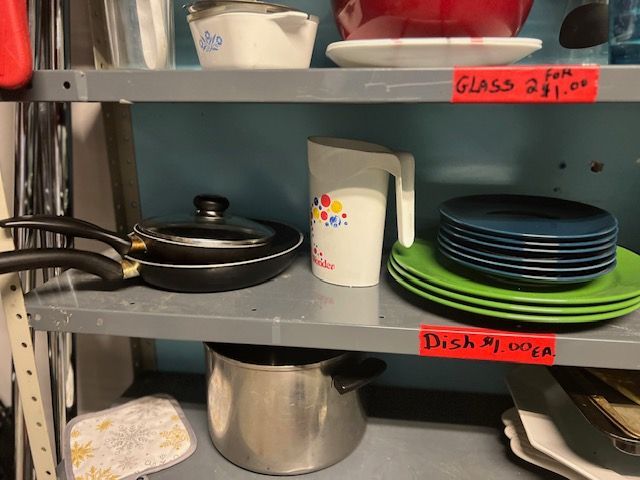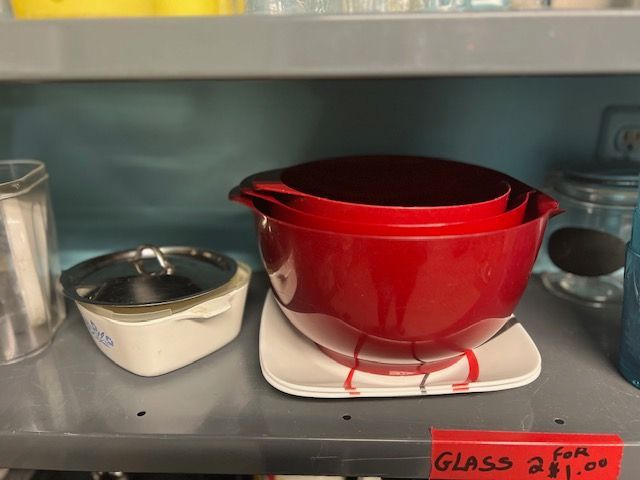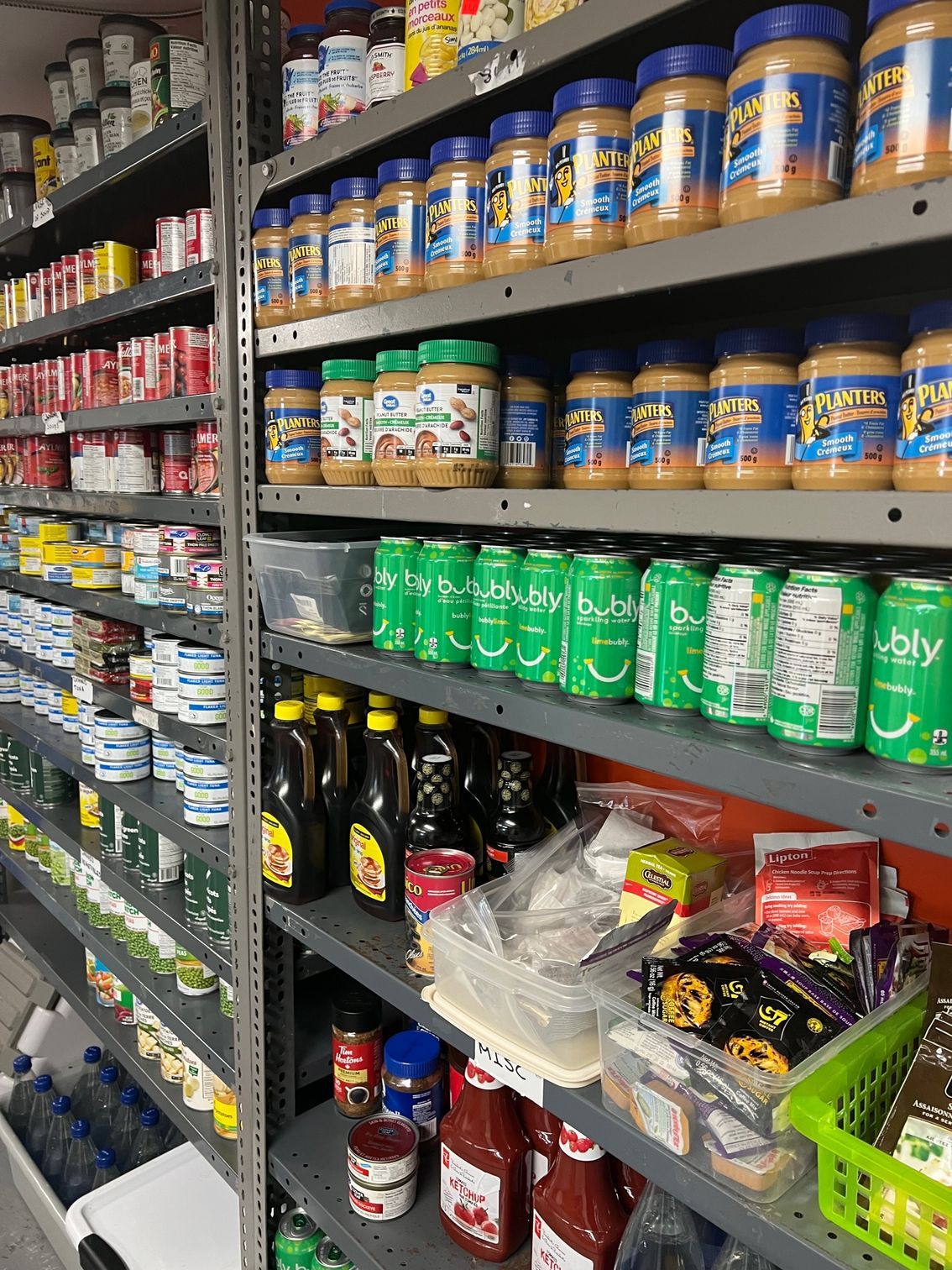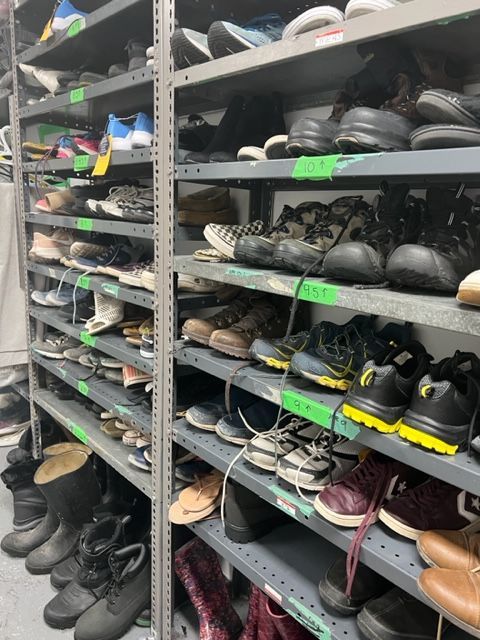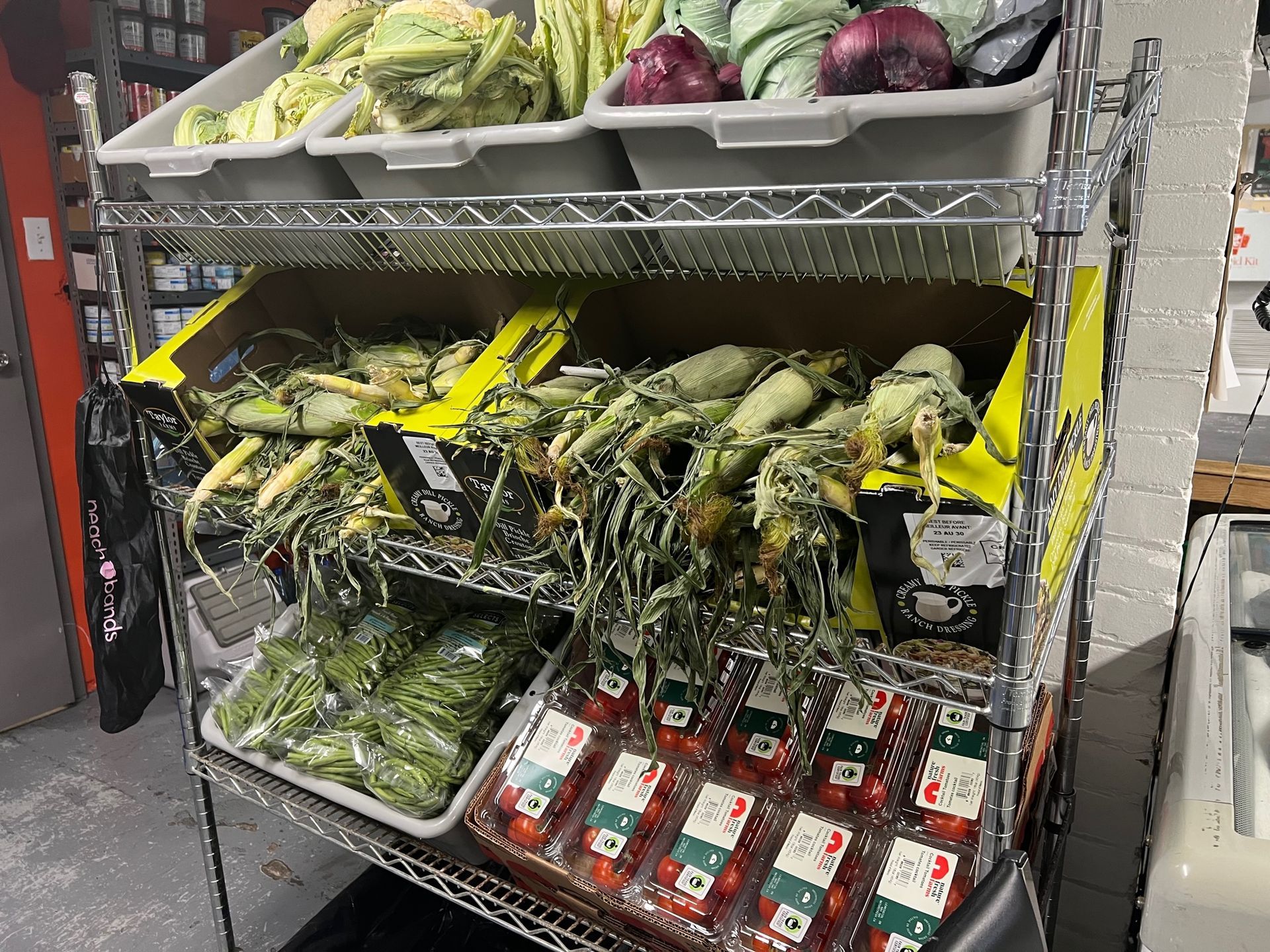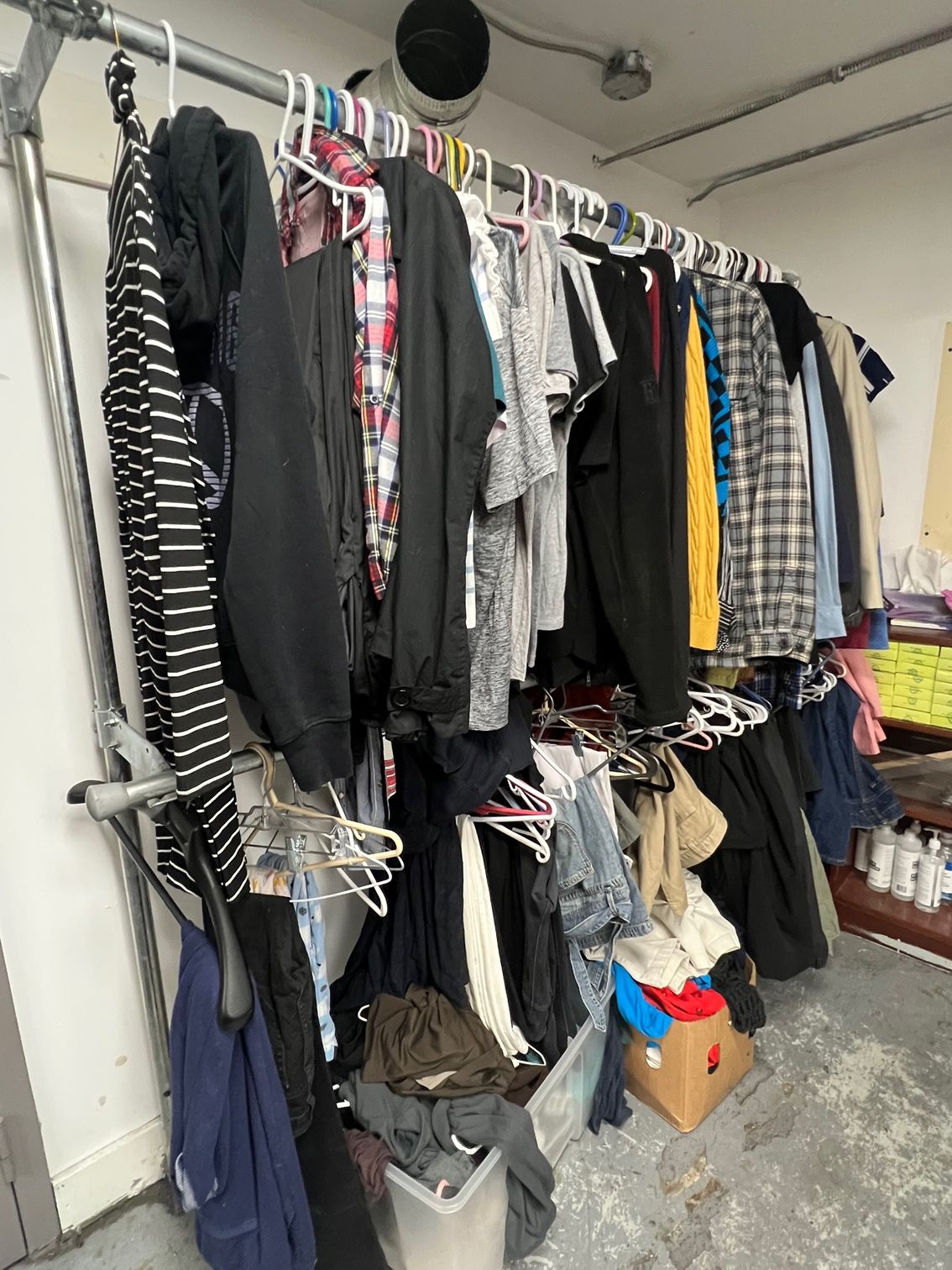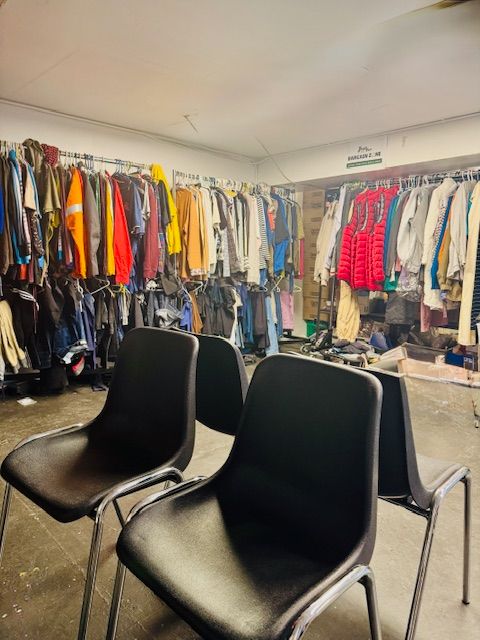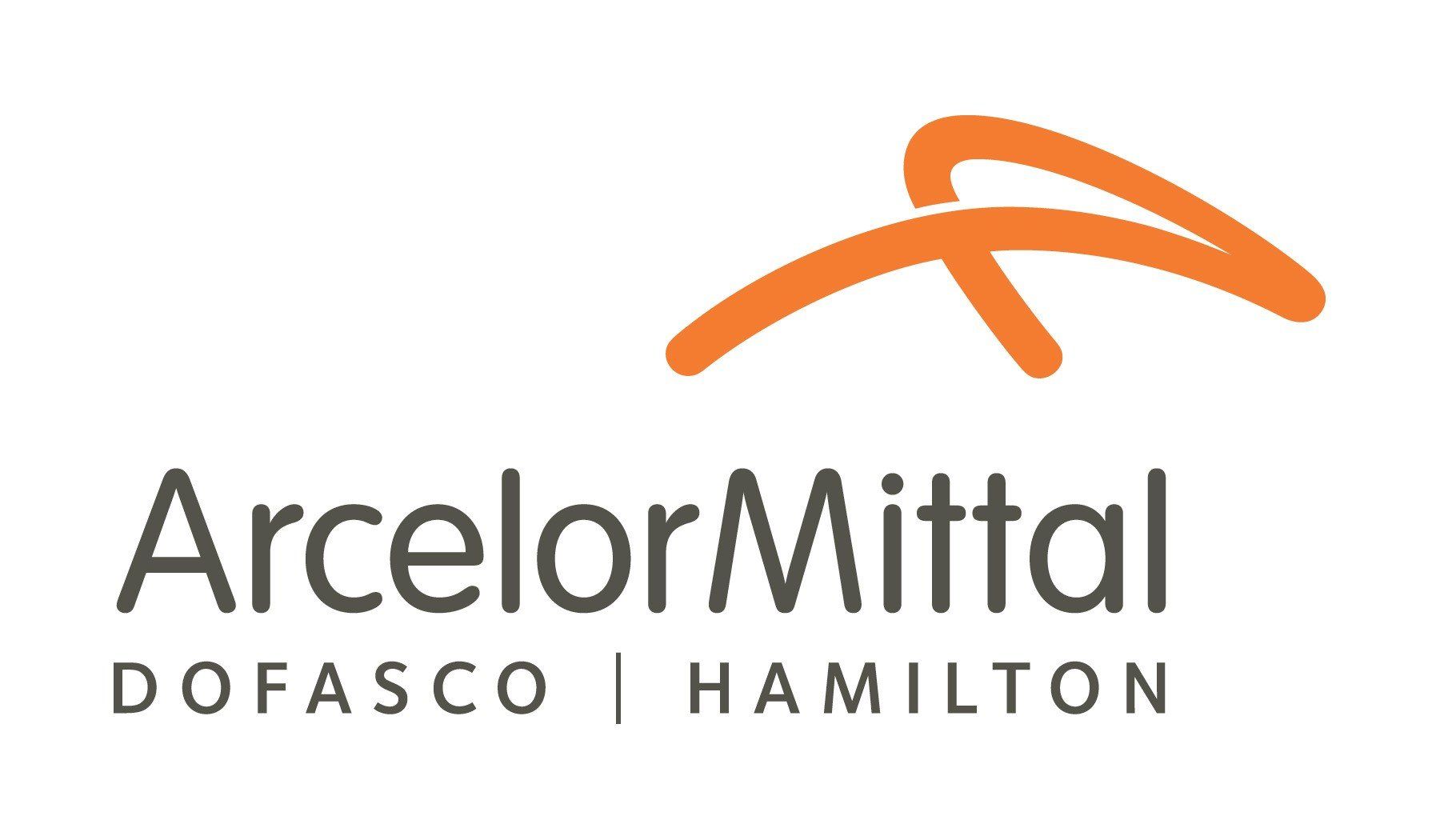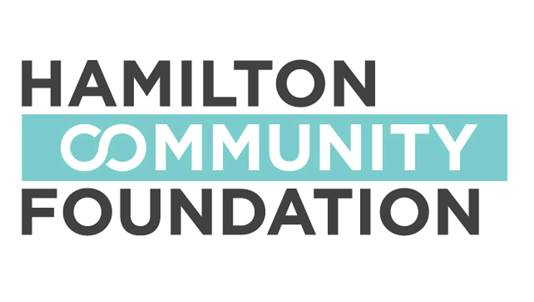
STACEY'S PLACE
FOOD BANK IS OPEN:
Tuesday & Thursday
from 1pm-6pm
Saturday from 1 pm - 4 pm
OUR SERVICES ARE ONLY FOR YOUTH 13-25.
PLEASE BRING YOUR ID AND REUSABLE GROCERY BAGS
GROCERY DELIVERIES
FOR YOUTH 13-25
WITH BARRIERS TO ACCESS
TUEsday & FRIDAY BY APPOINTMENT
TO SUBMIT A REQUEST, PLEASE Click the
orange "NEED GROCERIES" BUTTON
at the top of the page.
YOU MUST BE PRESENT AT THE TIME OF DELIVERY.
THRIFT & SHOP AT STACEY'S PLACE WITH YOUR ROCK BUCKS
Our services are for youth 13-25
Our Food Bank provides vulnerable youth ages 13-25 with access to free groceries, clothing, hygiene products, baby supplies and resource connections. Each year we distribute more than 60,000 pounds of food to 1,280 youth and their children.
The Living Rock Food Bank (Stacey's Place) is the only youth-focused food bank in all of Hamilton and is the first point of contact for many youth and their families. As a part of the mission of the food bank, not only are the needs of youth met surrounding food and clothing, connections are also made to other community resources.
Living Rock offers community services, such as: free daily meals, educational, recreational as well as life-skill and employment programs. Our programs aim to address the root causes poverty by reducing barriers and helping youth to realize and recognize their strengths, increase social supports and make connections with needed resources. This entry point is often the beginning of forming trusting relationships for youth with members of the food bank team that leads to building foundations to help youth-at-risk securely grow.
Stacey's Place
Stacey's Place Food Bank provides youth experiencing food insecurity, ages 13-25, with access to free groceries, clothing, hygiene products, baby supplies, and resource connections.
We provide:
- Groceries
- Access to Clothing
- Support and Referrals
- Connection to Wellness Works Coordinator
- Baby Products and Hygiene items
- Christmas Hampers and other Holiday Special Events
Grocery Delivery
Starting in December 2020 we launched a grocery delivery program for youth with mobility issues or other barriers to access. We averages 75 deliveries a month.
Thank you ArcerlorMittal Dofasco Employees for your support. Thank you to the Zonta Club of Hamilton 1 for supporting grocery deliveries to young women.

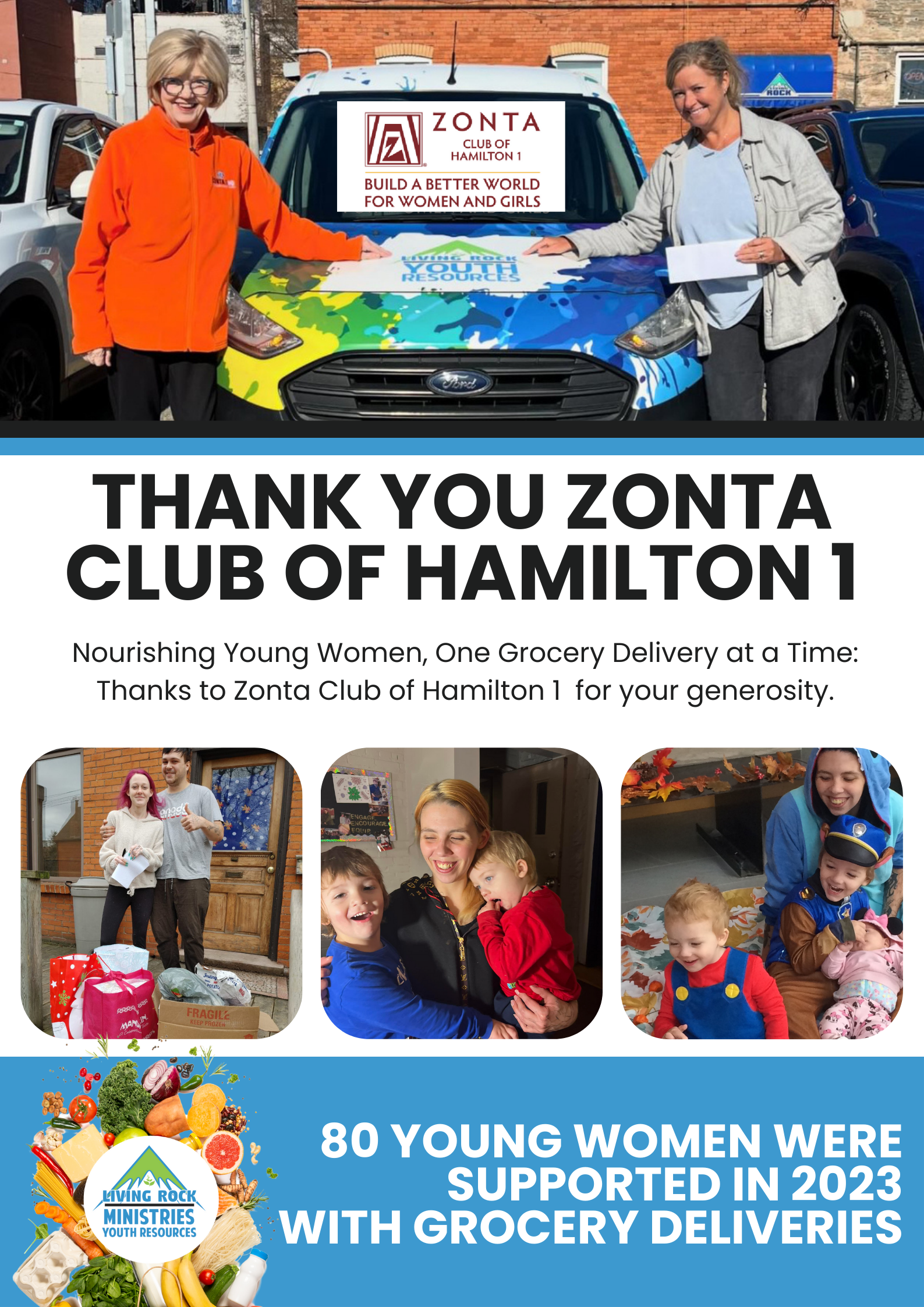
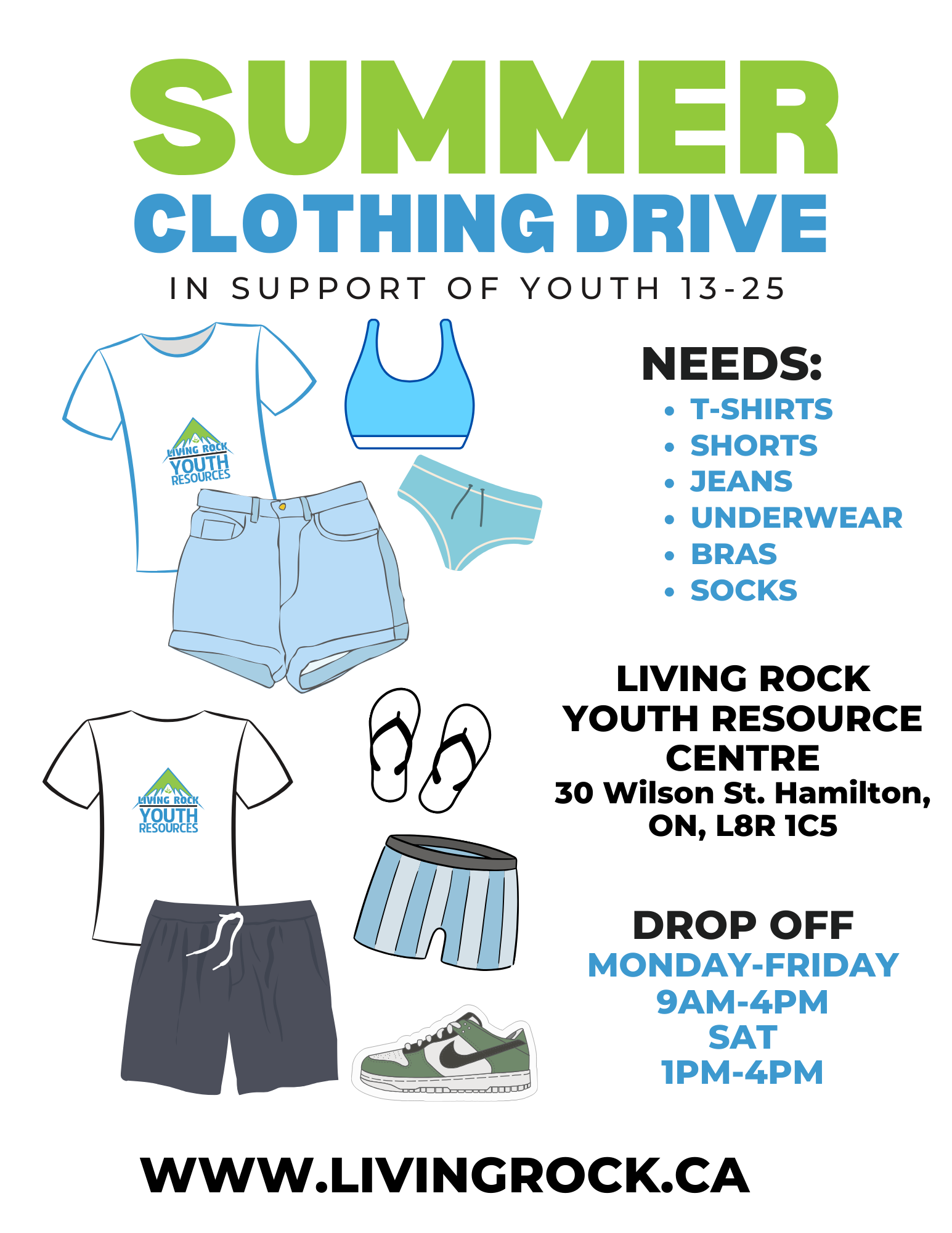
What Food Insecurity looks like in Canada and in Hamilton
Data published in 2024 reported that 23% of families experience food insecurity, the highest numbers ever recorded in Canada.
https://www150.statcan.gc.ca/n1/daily-quotidien/240426/t005a-eng.htm
Study: Food insecurity among Canadian families, 2022
With the cost of living continuing to rise, spending more to buy less food is a reality for an increasing share of Canadian families. Released today, the study "Food insecurity among Canadian families" offers insight into families most at risk of food insecurity, looking at those below and above the poverty line. It also examines the possible role of assets and debt in food insecurity.
According to data from the Canadian Income Survey, the proportion of families who were food insecure in the 12 months preceding the survey increased from 16% in 2021 to 18% in 2022. Among those at highest risk of food insecurity were single mothers, Indigenous families, and Black families.
The majority of food insecure families had incomes above the poverty line
Income alone cannot explain food insecurity. Rather, food insecurity stems from the interplay of various factors, including the stability of income, assets and debt, access to family and social supports, and the cost of living.
Overall, 11% of families had incomes below the poverty line. While these families were most vulnerable to food insecurity, with rates being nearly twice as high as the overall average (35% versus 18%), most families experiencing food insecurity had incomes above the poverty line. In all, about 8 in 10 families that faced food insecurity were above the poverty line.
Single mothers are among the most vulnerable to food insecurity
Single mothers were one of the most vulnerable groups, whether below or above the poverty line. In 2022, almost half (48%) of single mothers below the poverty line and 40% above the poverty line struggled with food insecurity. Single mothers most at risk were those with other interrelated risk factors, such as having less than a high school diploma, being unemployed, and living in a rental unit. The rate of food insecurity was highest among Indigenous and Black single mothers.
Single mothers also had fewer assets and/or more debt, compared with other family types. Based on data from the 2019 Survey of Financial Security, the median net worth of single mothers ($64,500) was the lowest among all family types and was almost seven times lower than other families with children ($435,700). Single mothers were also the most likely to have zero or negative net worth.
https://www150.statcan.gc.ca/n1/daily-quotidien/231114/dq231114a-eng.htm
